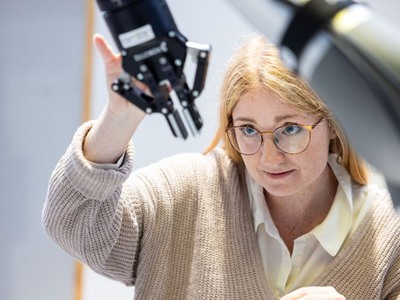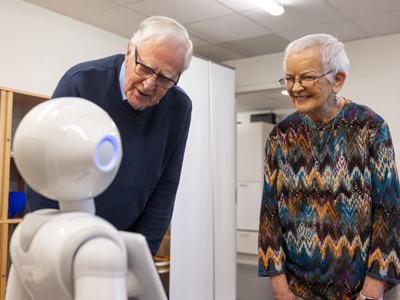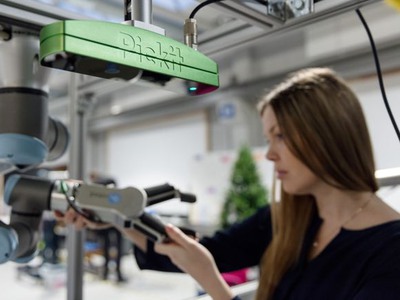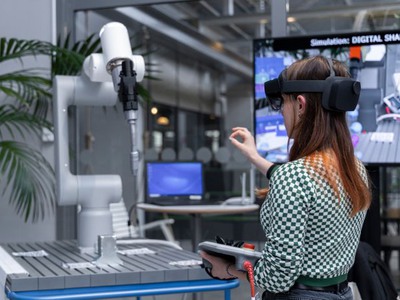Beatrice Alenljung
School of Informatics

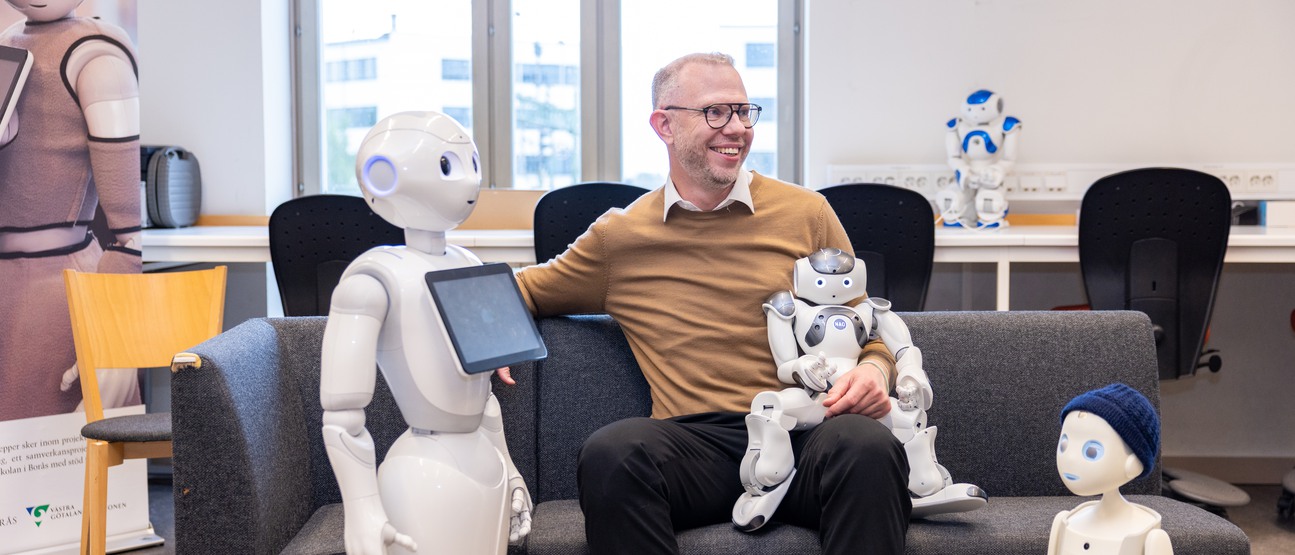
The research area of Interaction Lab (iLab) is the study, design, and evaluation of human interaction with digital products, systems, and devices, with a focus on positive pragmatic and hedonic experiences.
At Interaction Lab, people and technology come together in everything from experiments with social robots and immersive VR environments to user testing and cognitive research. We investigate how humans interact with screens, systems, games and robots – and what makes a digital experience clear, meaningful and enjoyable.
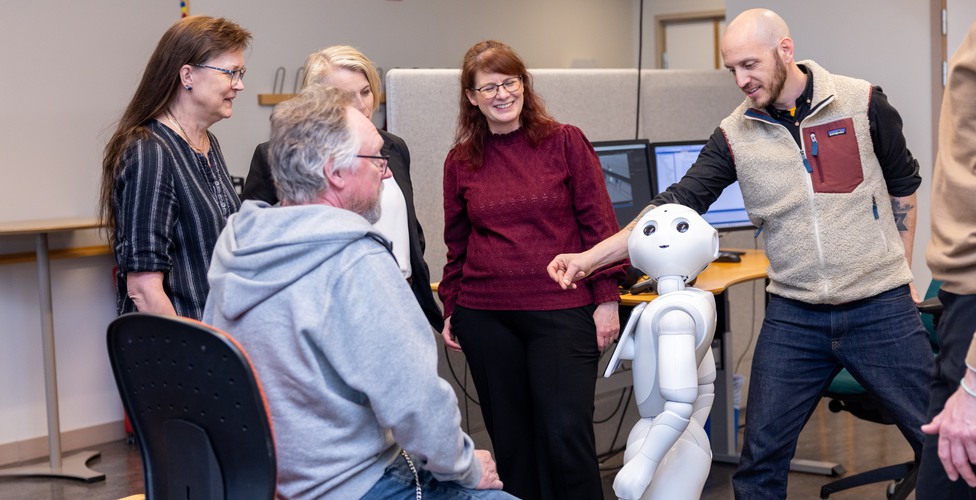
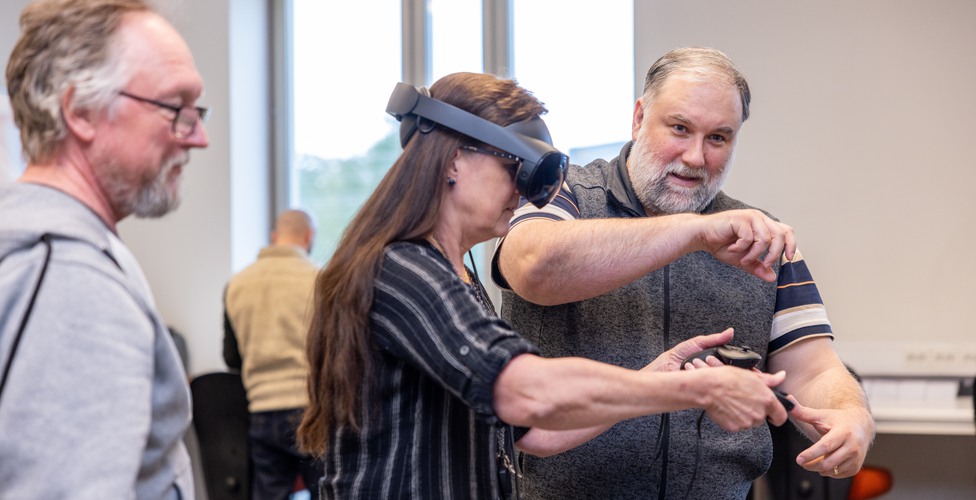

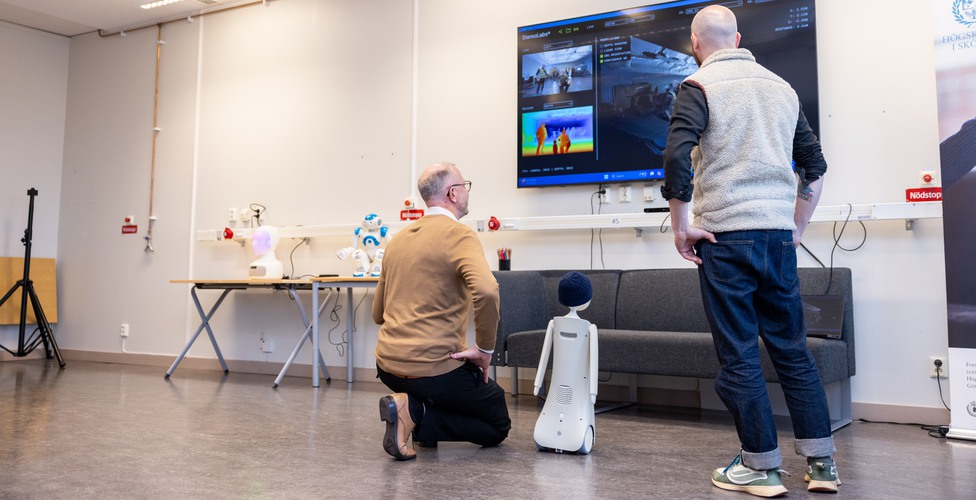
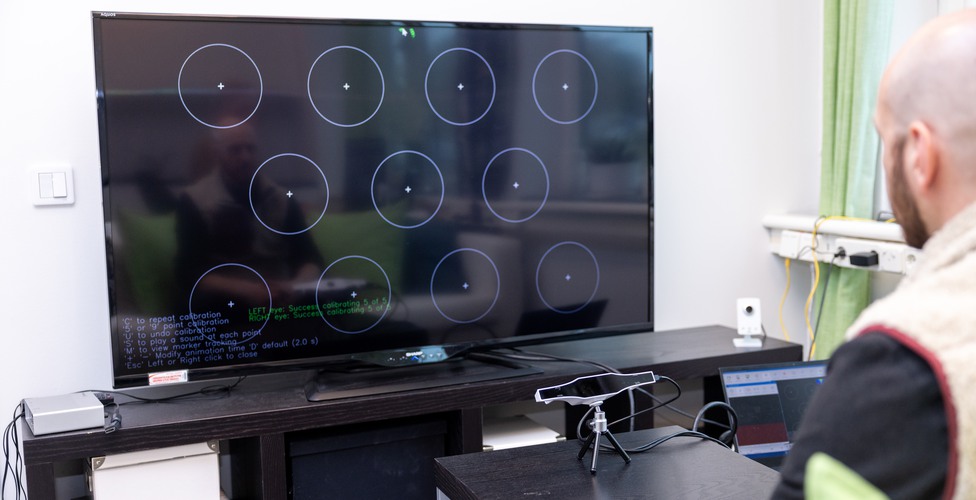
The main theoretical foundations used in research are rooted in cognitive science, primarily in embodied, situated and distributed theories of cognition in natural and artificial cognitive systems.
Our primary competence areas are:
A variety of methodological approaches are applied in the projects, such as, ethnographically inspired field studies, user-centered evaluations, lab-based experiments, cognitive modeling, design science, and action research.
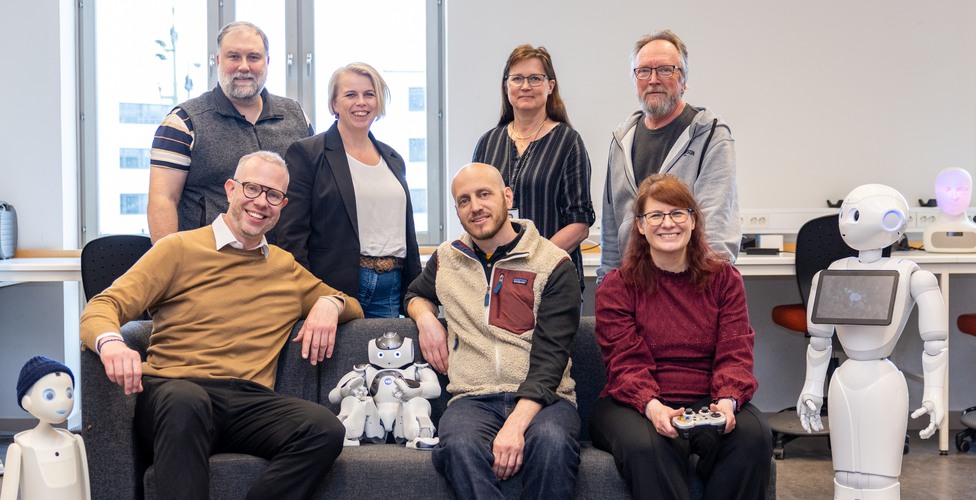
iLab has two physical labs: gLab and the UX lab. In gLab, there are the research group's robots such as Navel, Pepper, Nao, and FurHat, as well as VR equipment and other interactive tools. The room has plenty of space, which allows for mobility and flexibility in interaction studies.
The UX lab is designed for traditional experiments and lab-based user experience evaluation. Among other things, the UX lab provides recording equipment and one-way windows for direct observation.
Here is a list of publications from the Interaction Lab.

